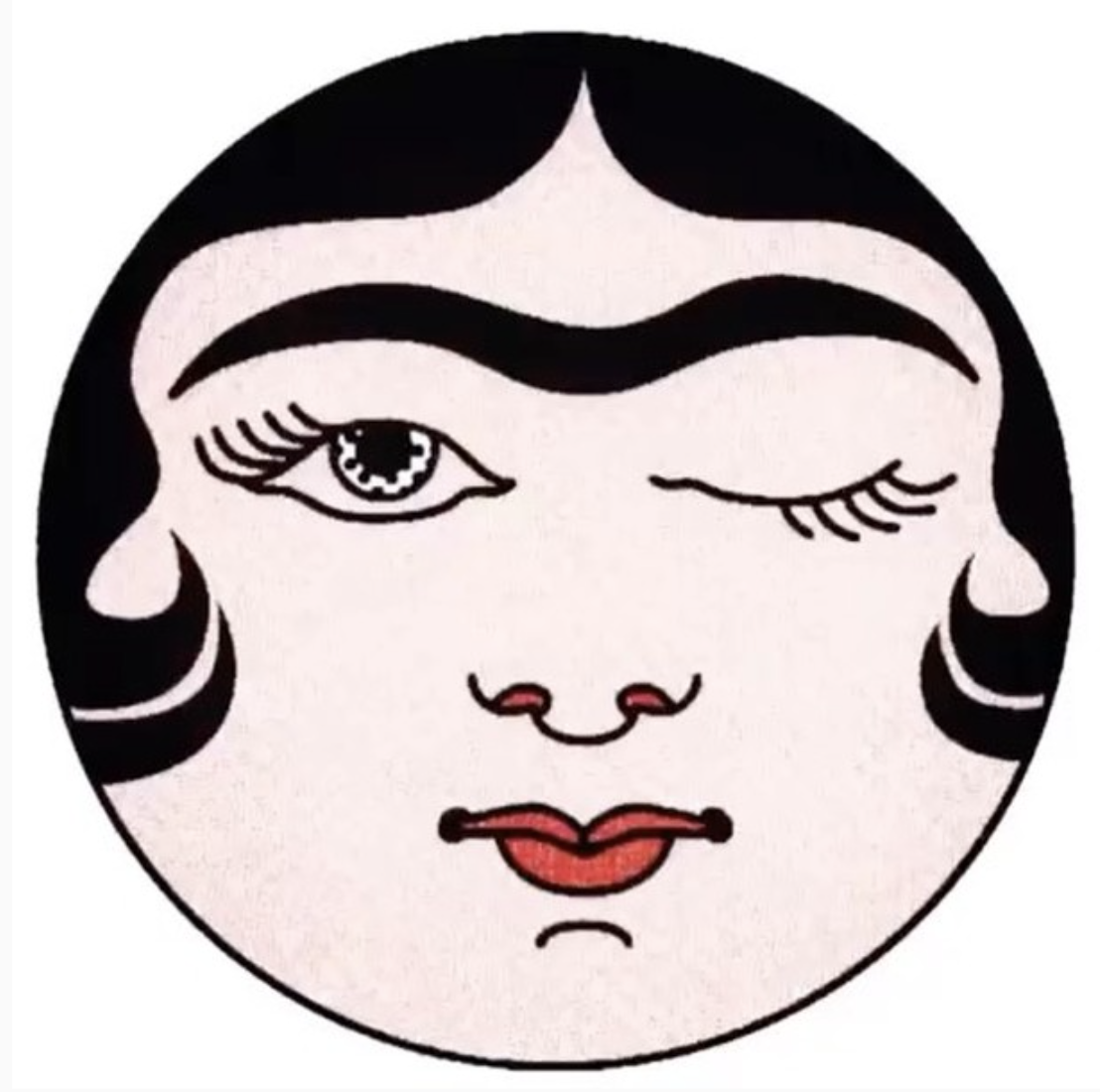To Withdraw from Orientalist Photography: Leonardo Magrelli review
By Nazanin Zarepour
29 May 2018
Originally appeared in the former Vulgaris Magazine, an indie photography e-pub based in Ottawa, ON.
29 May 2018
Originally appeared in the former Vulgaris Magazine, an indie photography e-pub based in Ottawa, ON.






